Table of Contents
NVIDIA’s New Blackwell Chip is Here to Power the AI Revolution
If you’ve ever wondered what actually powers the magic of ChatGPT, Midjourney, or any other AI, the answer is usually NVIDIA. Their powerful GPU chips are the super-powered brains doing all the heavy lifting.
For the past year, their “H100” chip has been the king—a piece of hardware so popular and powerful that companies were fighting over them like they were the last slice of pizza.
Well, at their recent GTC conference, NVIDIA’s CEO Jensen Huang, rocking his signature leather jacket, basically walked on stage and announced that the king is dead. Long live the new king: Blackwell.
What is this Blackwell Thing, Anyway?
NVIDIA Blackwell isn’t just one chip; it’s a whole new “platform,” and its star player is the B200 GPU. And to call it powerful is a massive understatement. This thing is an absolute monster of silicon.
Let’s try to put its power into perspective without melting our brains with technical jargon:
- The Numbers: The B200 packs 208 billion transistors. Your iPhone’s chip has around 19 billion. This is like comparing a go-kart to a rocket ship.
- The Performance: For AI tasks, NVIDIA claims the Blackwell platform offers a mind-boggling 30x performance leap over the previous generation in some cases.
- The Goal: It’s specifically designed to train and run the next generation of “trillion-parameter” AI models—models that are exponentially more complex than anything we have today.
In short, if the last generation of AI was built on the H100, the next generation—the one that will bring us even smarter assistants, more realistic video, and major scientific breakthroughs—will be built on NVIDIA Blackwell.
Why This Chip is a Really Big Deal
You might be thinking, “Cool, a new computer chip. Why does this matter to me?” It matters because the hardware is the ultimate speed limit for AI progress.
- It Unlocks the Next Level of AI: The AI models we use today are already bumping up against the limits of current hardware. Blackwell smashes through that ceiling, paving the way for AI that is more knowledgeable, more creative, and more capable than ever before.
- It Makes AI Cheaper (Sort of): While the chips themselves are ridiculously expensive, their incredible efficiency means it will take significantly less energy and time to train new AI models. This could eventually lower the cost of using AI services for everyone.
- It Cements NVIDIA’s Dominance: NVIDIA already controlled about 80% of the AI chip market. With Blackwell, they’ve basically told their competitors, “Good luck catching up.” They are the undisputed arms dealer of the AI revolution.
The “Superchip” and the AI Arms Race
It’s not just about a single chip. NVIDIA also announced the GB200 Grace Blackwell Superchip, which connects two of these monster B200 GPUs to a central CPU. This “superchip” is designed for the most demanding AI workloads on the planet.
But why go to such extreme lengths? Because we’re in the middle of a global AI arms race.
Companies like Google, Amazon, and Microsoft are building their own custom AI chips to try and reduce their dependence on NVIDIA. They want to control their own destiny (and save billions of dollars). Meanwhile, competitors like AMD are working hard to create rival GPUs.
NVIDIA’s Blackwell is a direct response to this. It’s a strategic move designed to be so far ahead of the competition that even companies building their own chips will still need to buy NVIDIA’s best for their most critical tasks. They aren’t just selling hardware; they’re selling a massive, integrated ecosystem of software (like their CUDA platform) and hardware that works seamlessly together. This “moat” is what makes them so difficult to compete with.
The Engine of the Future
Think of it like this: the AI models are the brilliant software ideas, but NVIDIA Blackwell is the powerful new engine that will actually make them run. Without hardware advancements like this, the AI boom would eventually stall.
So, while we’re all playing with the latest chatbots and image generators, it’s important to remember the incredible hardware working behind the scenes. The B200 GPU might just be a slab of silicon and wires, but it’s the slab that’s going to build the future.
What future AI advancement are you most excited for? Smarter assistants? Medical breakthroughs? Let us know in the comments!
Let’s discover more about AI
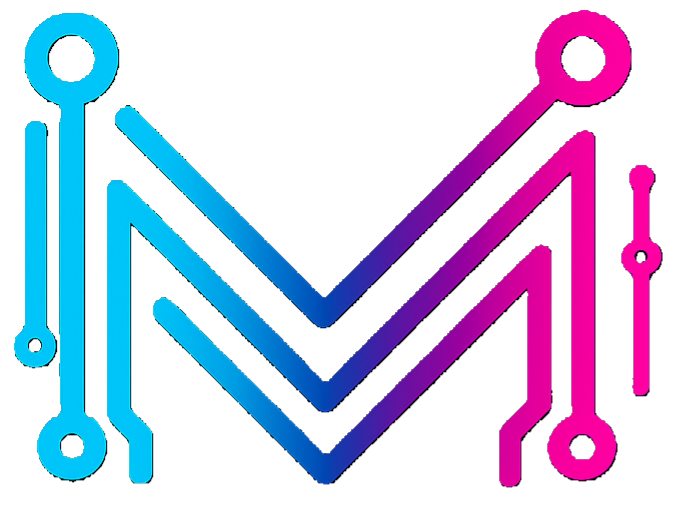
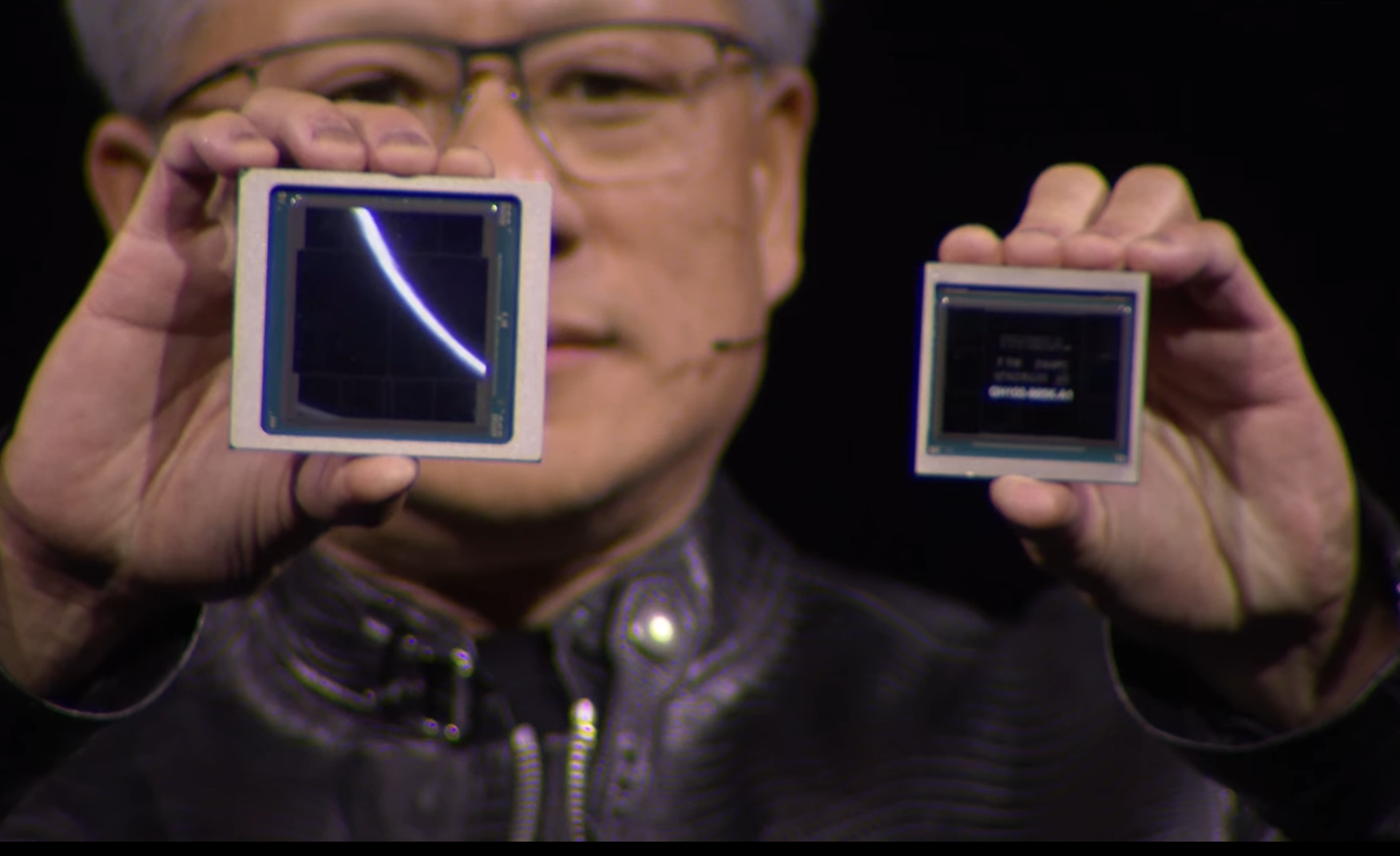
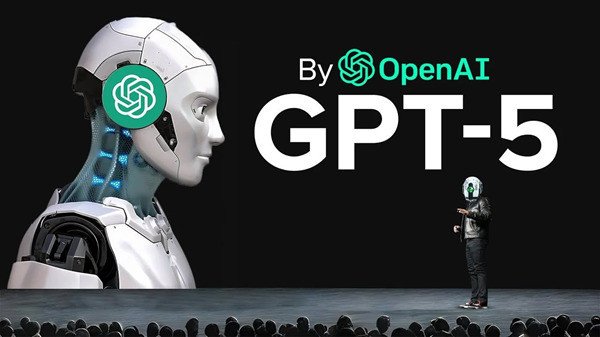

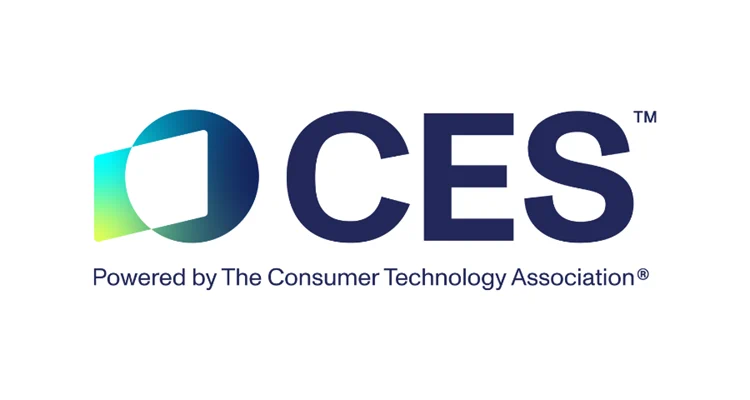

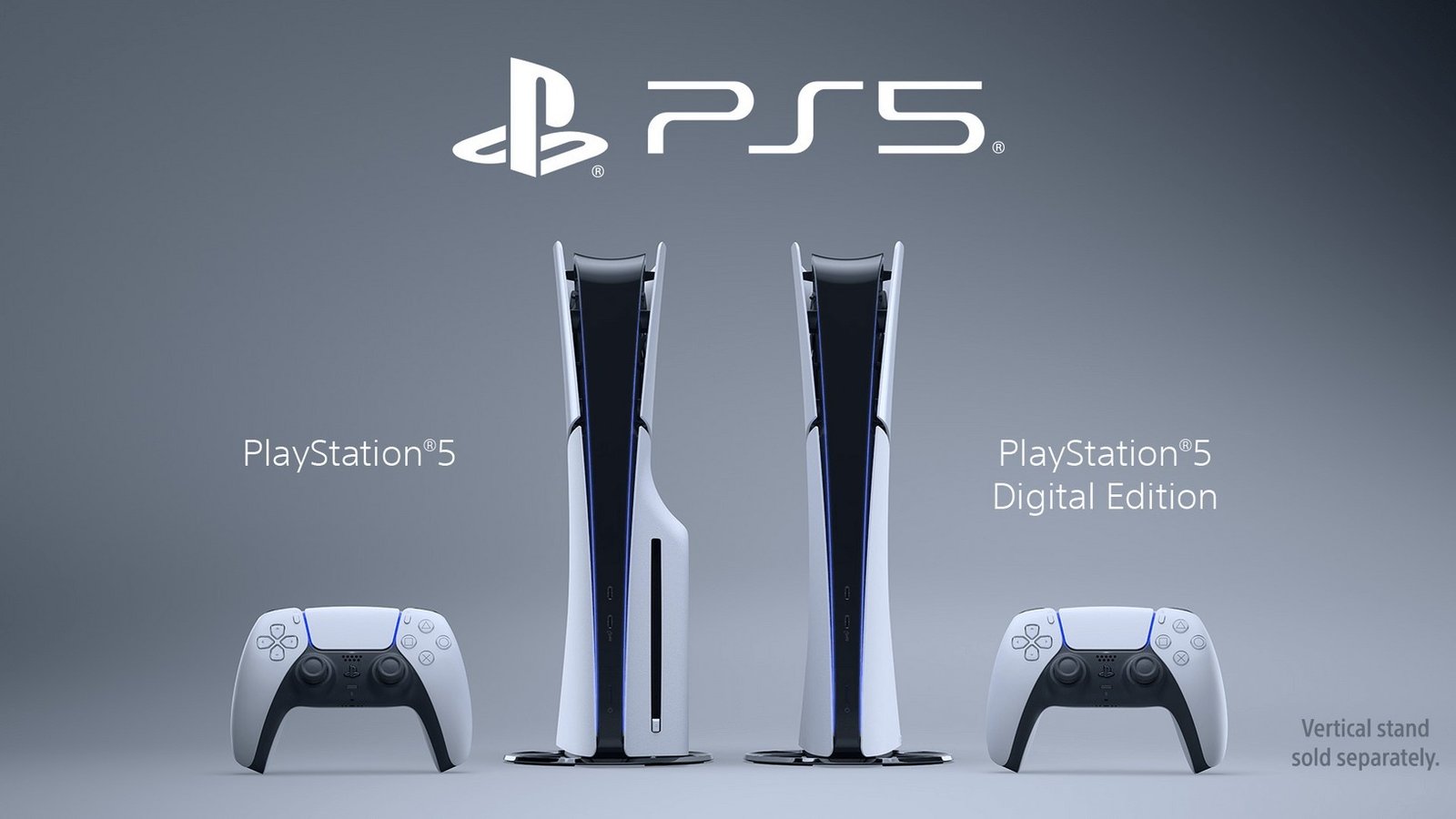
Leave a Reply
You must be logged in to post a comment.